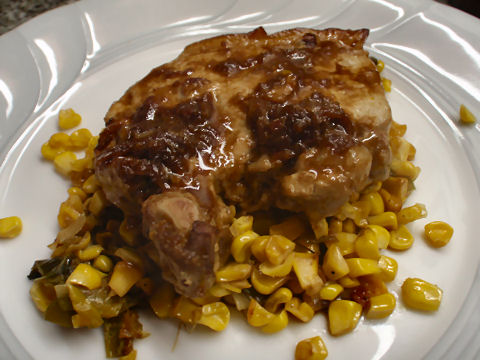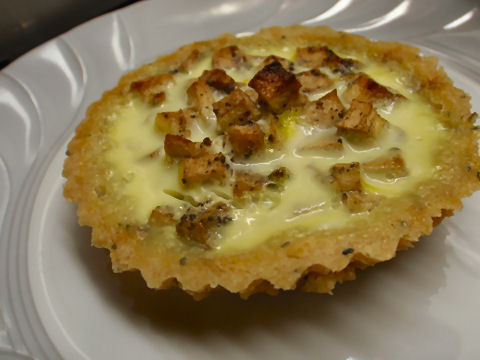“The fact is that the whole of literature, absolutely all of it, is divided into detective novels and romantic novels. Quote me any title from any of the world’s literature and you will find that the subject matter either deals with an investigation into the violation of a taboo, in short a crime, or else is a love story.”
– Manuel Vázquez Montalbán, Author, Writing is an act of free choice
Buenos Aires – Why gourmet detectives as a theme? And what, exactly, is a gourmet detective? The first question, easy – pure whim, happenstance that while planning out the weekend I was in the middle of reading a Pepe Carvalho novel, the gourmet detective who is the protagonist of a series by the author quoted above. The second question, far more difficult, as the range of what falls into this category is vast. Some are police detectives, like Assistant Superintendent David “Kubu” Bengu, of the Botswana Police. Others are private detectives – Pepe Carvalho and Nero Wolfe come to mind. The Gourmet Detective, he who is never named, tracks down difficult to find ingredients, rare recipes… crimes against or about food. And Monsieur Pamplemousse is a food critic who simply seems to find himself drawn into investigating crimes related to restaurants. Those are just the five I chose to work with – there are home cooks turned amateur sleuth, restaurant chefs who do the same. There are “gourmets” that range from cookie bakers to full blown gourmands, and the food descriptions in the books cover full recipes, elaborate descriptions, or simple mentions. On to the food….
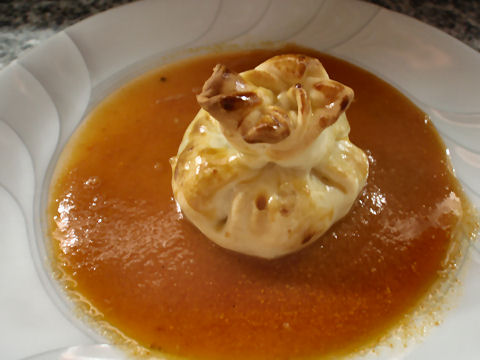
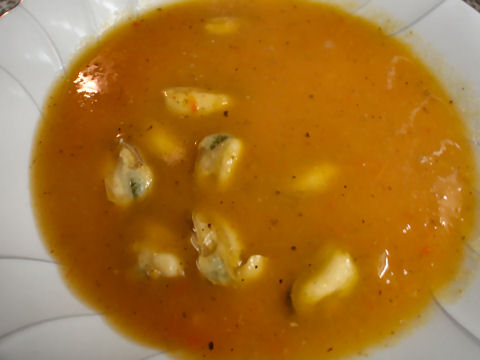
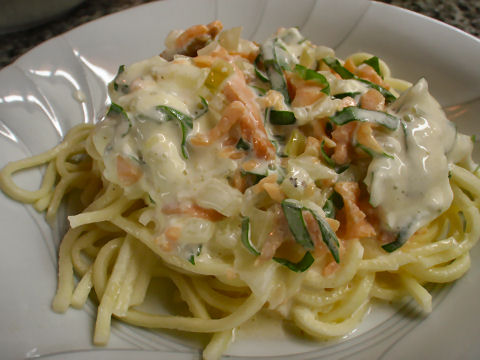
He went into the neat and tidy pantry and took down a cardboard box from which he removed an electrical appliance that could equally have been a meat grinder or a distilling apparatus of ambrosia. But, in reality, it was an Italian pasta making machine, for the simple process of pushing flour and water or egg through a plastic passage and on through a die of sorts for the type of pasta wanted and waiting for the tender creatures to emerge. And at the far end, a razor sharp blade for cutting off the little beauties at just the precise intervals. Too much water or egg could yield a catastrophe and Carvalho measured with the exactitude of a savior picking a chosen people. The machine began to churn and complain and when the pasta was just perfectly mixed, Carvalho opened the gate and the glacier of dough corkscrewed into the passage, attempting to escape, until it found itself confronted by the die, the final moment of shaping, when it would become tagliatelle, spaghetti, lasagna, spaghettini or macaroni. Carvalho waited with his knife at the ready and when the tender worms extended themselves to forty centimeters he cut them off, committing genocide against the mounds of tender spaghetti that he laid coiled in a glass bowl where they could firm up prior to cooking. Knife in hand and a growing mountain of spaghetti at his side, Carvalho experienced an emotion he could only equate to that of God when he cut off a branch of the primates and turned them into humans. Flour and water and the miracle of underrated mutation of the banal into that proud thing we call spaghetti, though if those wonderful filaments of magical texture were in German, Greek or Latin, the three languages with no banality, they would be appreciated as they truly deserve and placed in a seat of honor in the Museum of Mankind. He covered the pasta with a cloth and headed into the garden in search of leaves of fresh sage, indispensable for the saltimboca, and some of basil he grew in a pot for the plates of pasta. The cutting of the basil to dry was a ritual in a vital cycle and Carvalho would have some until the next spring. Like many he used basil that has been dried by the sun and chopped. … He also began the preparation for the spaghetti. Finely chopped onion, sweated slowly in butter until translucent, removed from the flame and inverted the contents into a bowl. Separately, beating the very cold cream until it was thick and then adding it to the butter and onions. Slicing the smoked salmon into this slivers, sufficiently large that one could detect their texture on the tongue and mixing that with the sauce, and finally, the addition of the basil, cut in a chiffonade. … Tossing the spaghetti into the salted and bubbling water…. the moment to try the spaghetti. His teeth bit into them without crushing and his palate noted the texture and taste of the flour at just the moment it was robbed of the aroma of grain. It was al dente. Draining off the water he added two lightly beaten yolks to the sauce and very carefully folded it together. Ladled the sauce over the moist spaghetti and with a spoon and fork, lifted and dropped the filaments like silky hair until they were impregnated with the ivory soul of the sauce.
Can I say anything more about it? I did it his manner the first night, the second, the photo above, I ladled the sauce over, but didn’t mix them up, purely for presentation, and let people do that themselves. Although not noted in the recipe, I thought it needed a touch more salt and just a few grinds of pepper.
